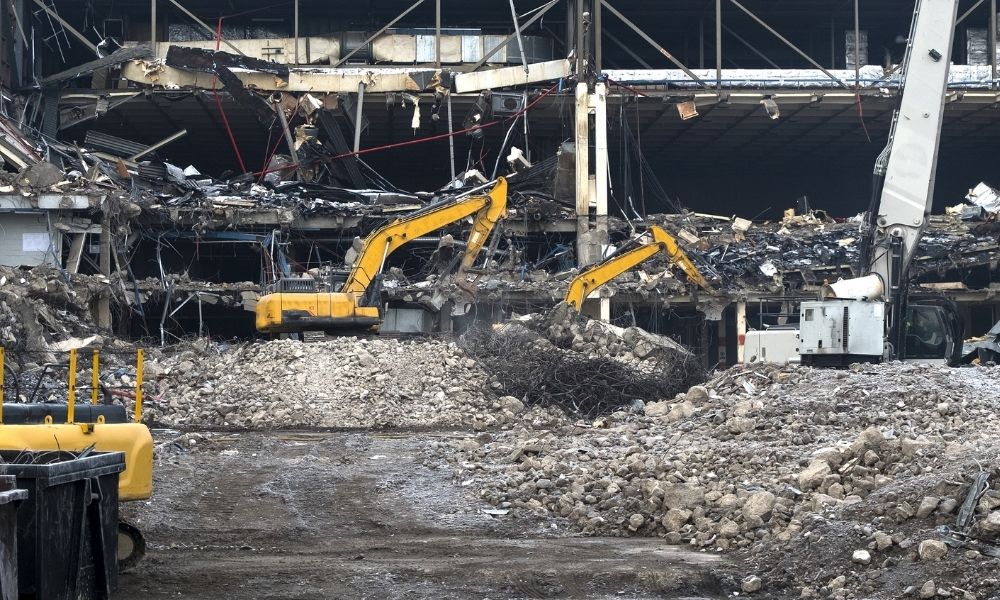As demolition crews take buildings down, they often focus exclusively on getting the job done and leaving the premises. However, as the finite nature of our natural resources slowly begins to reveal itself, so too does the importance of keeping used metal from winding up in a landfill. Recovering scrap metal has become an important secondary task of the demolition industry. Here’s how demolition crews can maximize metal recovery after the wrecking ball has done its job.
Don’t Sleep on Steel
Steel is the most plentiful metal among building materials, and in turn, one of the least valuable to recyclers. The fact that recyclers pay for steel not by the pound but by the ton should indicate what the supply and demand curves look like. That doesn’t mean, however, that you should send your steel to the landfill. Reducing the need to produce virgin steel is one way you and your crew can help the planet. With all the steel you’ll encounter from dismantling a building, there’s no good reason to dispose of it.
Know What To Look For
While you should look for sheer volume in steel, your crew should keep their eyes peeled for the corrosion-resistant metals that don’t contain iron—metals and metallic alloys such as brass, copper, bronze, zinc, and aluminum. As you crush an empty soda can in your hand, aluminum may not seem like an apt building material, but its lightness and malleability make it useful in siding and cladding. Don’t discount these materials as mere steel—take great care to set aluminum building products aside for recycling. There are many reasons why we should keep aluminum in circulation. Plus, we’re in a serious seller’s market for this metal.
Have the Right Equipment
Harvesting metals from a demolition site can leave you with some unwieldy chunks. Space is at a premium, and once it comes time to haul your metals to your recycling partners, you want to make the most of that space. Shearing big pieces of metal down to a more manageable size is a big part of how demolition crews can maximize metal recovery on the job site. Cutting scrap down to size ensures that you’re sending off all the metal you can, which not only keeps metal out of landfills, but also helps your demolition crew recoup some of your operational expenses.








